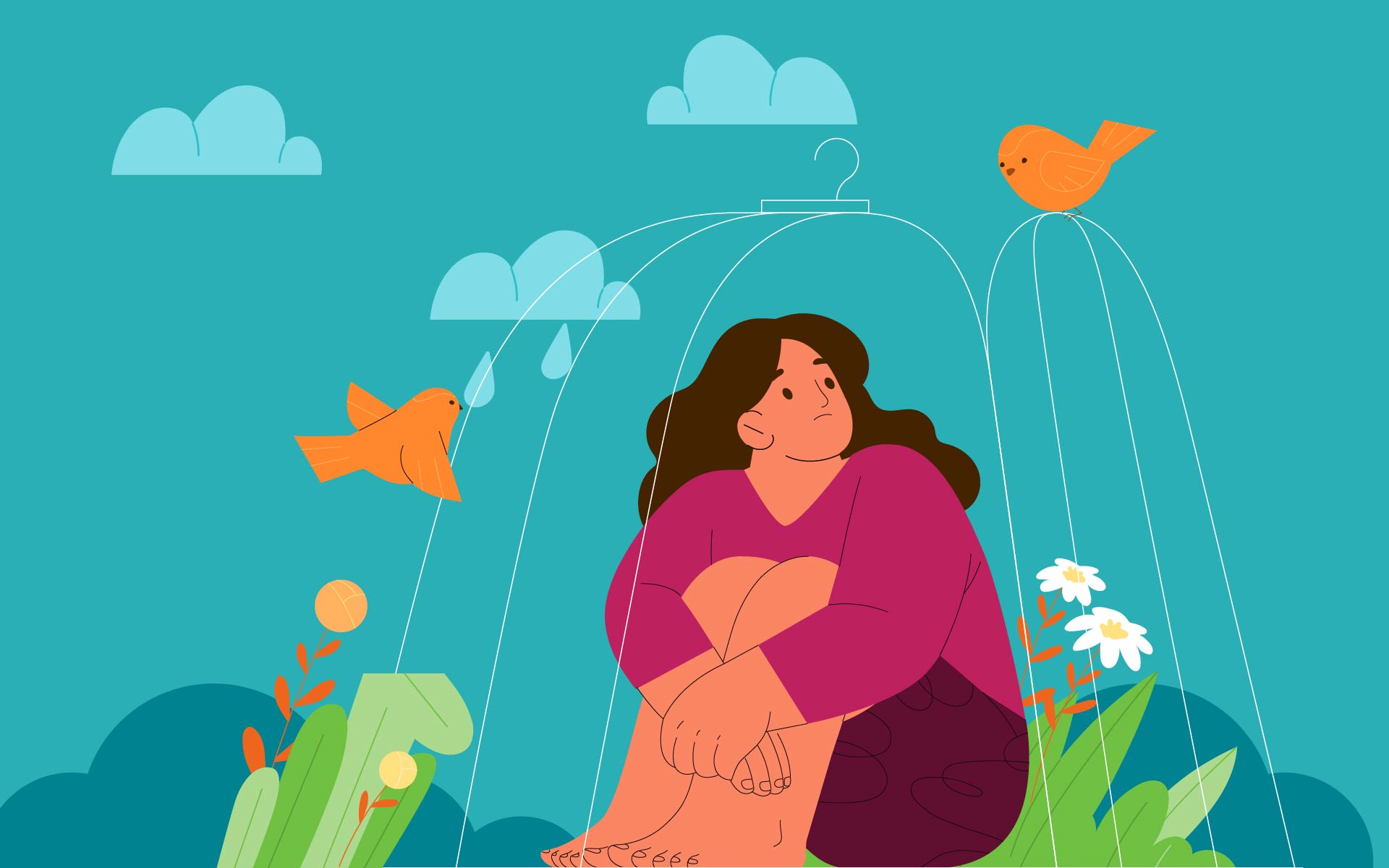This article is independently written and researched by the author, and created in support of a paid partnership between Mindful and Winona.
If you’re a woman over the age of 40, navigating the midlife journey can be destabilizing, especially at first. Sometimes there are gaps in information and support that can leave women feeling like they are on their own, trying to figure out new hormonal shifts and changes in physical and mental energy.
But the truth is, you’re not alone. And while this stage of life may seem disorienting at first, this transformative phase also offers a chance for self-discovery and empowerment. There are solutions available to help you thrive during this incredible time of change. This chapter opens up a world of new experiences and opportunities for growth.
This chapter opens up a world of new experiences and opportunities for growth.
For many women, midlife brings a bunch of tricky symptoms like tiredness, stiff joints, hot flashes, weight gain, and forgetfulness. Dealing with even one of these is tough. But for many of us, they hit all at once, which can totally throw even the strongest women for a loop and make them feel down. These changes mess with our motivation, focus, and emotions.
So, how can we handle all these changes without losing our minds?
Welcome to the world of midlife mindfulness—a time to tune in to how your body and mind are really doing throughout the midlife journey, from perimenopause to post-menopause.
Once you become more aware of the symptoms that are cropping up, you can begin to explore ways to work with them.
Understanding Mindfulness
Being “mindful” is a state of awareness and presence, fully immersing yourself in your surroundings—all with an open-hearted embrace of reality, free from criticism.
Most of us can wrap our heads around the awareness aspect of mindfulness. However, it’s the “embracing without judgment” part that tends to trip us up.
Give this three-step mindfulness practice a try. It can help to build awareness, create a sense of active engagement, and instill a feeling of empowerment as you navigate through your menopause journey. If possible, do this practice once a day and see what you notice over time.
A Guided Mindfulness Practice
Step 1 – Acknowledge Your Feelings (Name It)
Allocate at least half an hour of undisturbed time for yourself. Grab a journal and dedicate at least three pages to this exercise. At the top of each page, label the following topics: Body, Mood, Mind.
Before you begin, place your hand on your heart and remind yourself that this practice isn’t about blaming yourself or feeling ashamed. It’s about embracing honesty and self-compassion, allowing you to move forward in your life with more awareness and ease.
Under each labeled section, jot down specific physical symptoms, emotions, or mental states you’re experiencing such as hot flashes, irritability, and forgetfulness. Be honest and thorough in your descriptions. If you need guidance, consider referring to this library of resources for menopause-related experiences.
Step 2 – Reflect and Prioritize (Examine It)
Isn’t it a liberating feeling to acknowledge what’s going on in your body and mind and to put it into words? By writing your experience down, you’ve taken the first empowering step. Now, armed with a solid list of your symptoms, it’s time to seek out solutions.
Realize that you can’t address everything all at once, and that’s perfectly fine. Instead, focus on prioritizing a few challenges on which you can take immediate action.
For Step 2, take another sheet of paper and write down three challenges from Step 1, leaving space beneath each one. For each challenge, outline the specific steps you believe will improve your well-being. This may include prioritizing sleep, focusing on proper nutrition, taking supplements, or seeking support from a medical professional.
Be precise in your approach, and if you’re unsure where to start, note “find out” under the respective symptom.
Step 3 – Take Action (Do It)
Looking at your three top symptoms and their corresponding solutions, circle one solution that you will put into action today. It could be as simple as scheduling a doctor’s appointment, making time for exercise, or preparing a healthy dinner. Remember, even seemingly minor actions can be remarkably empowering.
Tomorrow, repeat the process.
- Begin with Step 1 – Name It, adding any new symptoms that arise.
- Move on to Step 2 – Examine It, selecting three priorities and outlining their solutions.
- Finally, move into Step 3 – Do It, taking action with determination and focus.
Continue this cycle of naming, examining, and taking action. You may soon feel more of a sense of control around your midlife journey.
Remember, this time is unique for everyone, and it’s recommended to seek guidance from healthcare professionals for personalized support. And while you’re honestly acknowledging the challenges and real questions of this phase of life, know that you can also embrace this transformative season with courage and openness, trusting that you have the power to take charge of your well-being.







